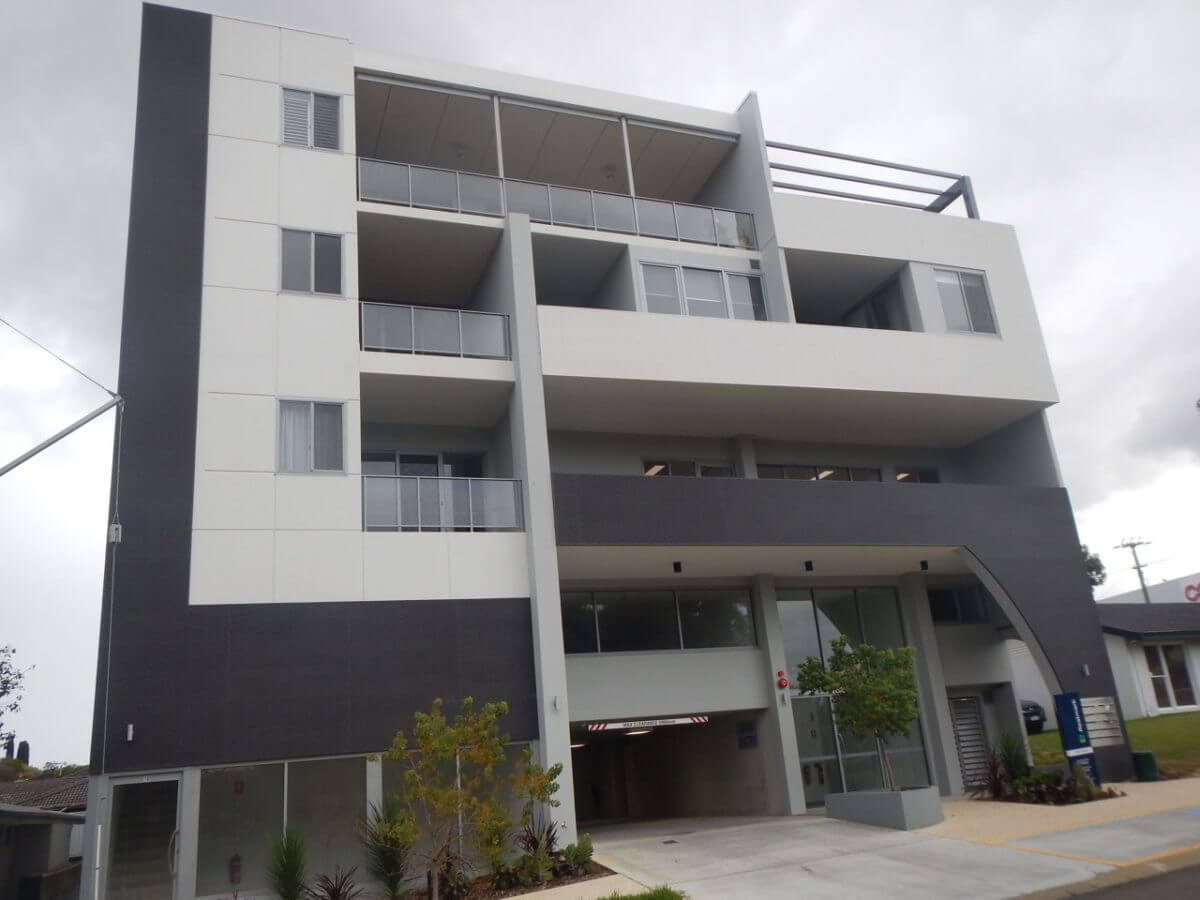Sagging Ceiling Inspection: Why It Matters and What to Expect

Ceilings are often overlooked when it comes to home maintenance, but they play a critical role in the safety and structural integrity of a property. A sagging ceiling is more than just an eyesore—it can signal deeper issues that need immediate attention. That’s where a sagging ceiling inspection comes in.
Whether you’ve noticed cracks, uneven plaster, or your ceiling dipping in certain areas, knowing when to call a professional could prevent costly repairs and ensure your family’s safety. Let’s explore why these inspections are so important, what they involve, and how you can prepare.
What Causes a Sagging Ceiling?
Before diving into the inspection process, it’s important to understand why ceilings sag in the first place. Some of the most common causes include:
· Water damage – Leaks from roofs, plumbing, or air conditioning units often soak into ceiling materials, weakening them over time.
· Poor workmanship – Inadequate installation of ceiling plasterboard, fasteners, or joists can lead to uneven surfaces and drooping.
· Structural movement – Houses naturally shift and settle, but in some cases, this can stress ceiling materials.
· Age and deterioration – Over the years, plaster, lath, and adhesives can break down, leading to sagging.
A professional sagging ceiling inspection helps identify the exact cause so that the right solution can be applied.
Why a Sagging Ceiling Inspection is Essential
Ignoring a sagging ceiling can lead to bigger problems. Here’s why scheduling an inspection should be a priority:
· Safety concerns – A ceiling collapse can be dangerous, especially in areas where people spend a lot of time.
· Early detection – Inspectors can spot minor issues before they escalate into expensive repairs.
· Peace of mind – Knowing the condition of your ceiling ensures you’re not living with hidden risks.
· Property value protection – A well-maintained ceiling reassures potential buyers and helps maintain property value.
Think of an inspection as an investment in both safety and your home’s long-term health.
What Happens During a Sagging Ceiling Inspection?
A professional ceiling inspection is more thorough than just a quick glance upward. Here’s what you can typically expect:
1. Visual Examination
Inspectors first look for visible signs such as dips, cracks, water stains, or separation along the edges of plasterboard.
2. Moisture Assessment
If water damage is suspected, tools like moisture meters may be used to detect hidden leaks behind the ceiling surface.
3. Structural Checks
Inspectors examine the roof cavity or ceiling framework to ensure the joists and beams are properly supporting the ceiling.
4. Material Integrity
Ceiling fixings (like screws, nails, or adhesives) are checked to see if they’ve deteriorated or loosened over time.
By the end of a sagging ceiling inspection, you’ll receive a clear report with recommendations for repair or replacement, giving you a roadmap to restore safety.
Repair Options After an Inspection
Depending on the findings, solutions may include:
· Re-securing plasterboard with additional fasteners or adhesive.
· Replacing damaged sections of ceiling panels.
· Addressing underlying issues such as leaks or structural shifts.
· Full ceiling replacement if damage is extensive.
The goal is not just to fix the appearance, but to resolve the root cause for long-lasting results.
When Should You Book an Inspection?
You should consider calling a professional inspector if you notice:
· Uneven ceiling surfaces or visible dips
· Cracks spreading across plaster
· Water stains or bubbling paint
· Popping sounds when walking above (in multi-level homes)
· Previous roof or plumbing leaks
If you suspect a problem, don’t wait. The sooner you act, the easier (and cheaper) repairs are likely to be.
Conclusion
A sagging ceiling is never something to ignore. It can signal hidden problems like water leaks, structural stress, or poor workmanship. A sagging ceiling inspection provides clarity, helping you understand the cause and the safest repair options.
Professional building inspectors have the knowledge, tools, and experience to identify risks early, saving you from costly repairs and keeping your home safe. If you’ve noticed any warning signs, don’t delay—schedule an inspection today and protect your investment.
- Spellen
- Religion
- Party
- Networking
- Music
- Literature
- Art
- Health
- Gardening
- Shopping
- Food
- Fitness
- Film
- Drinks
- Dance
- Crafts
- Causes
- Wellness
- Devotional Reflections
- Bible Study & Scripture Insights
- Prayer & Worship
- Christian Living
- Spiritual Growth & Discipleship
- Testimonies & Personal Journeys
- Christian Theology & Doctrine
- Church Calendar & Liturgical Seasons
- Christian Service & Mission
- Gardening
- Health
- Home
- Literature
- Networking
- Other


